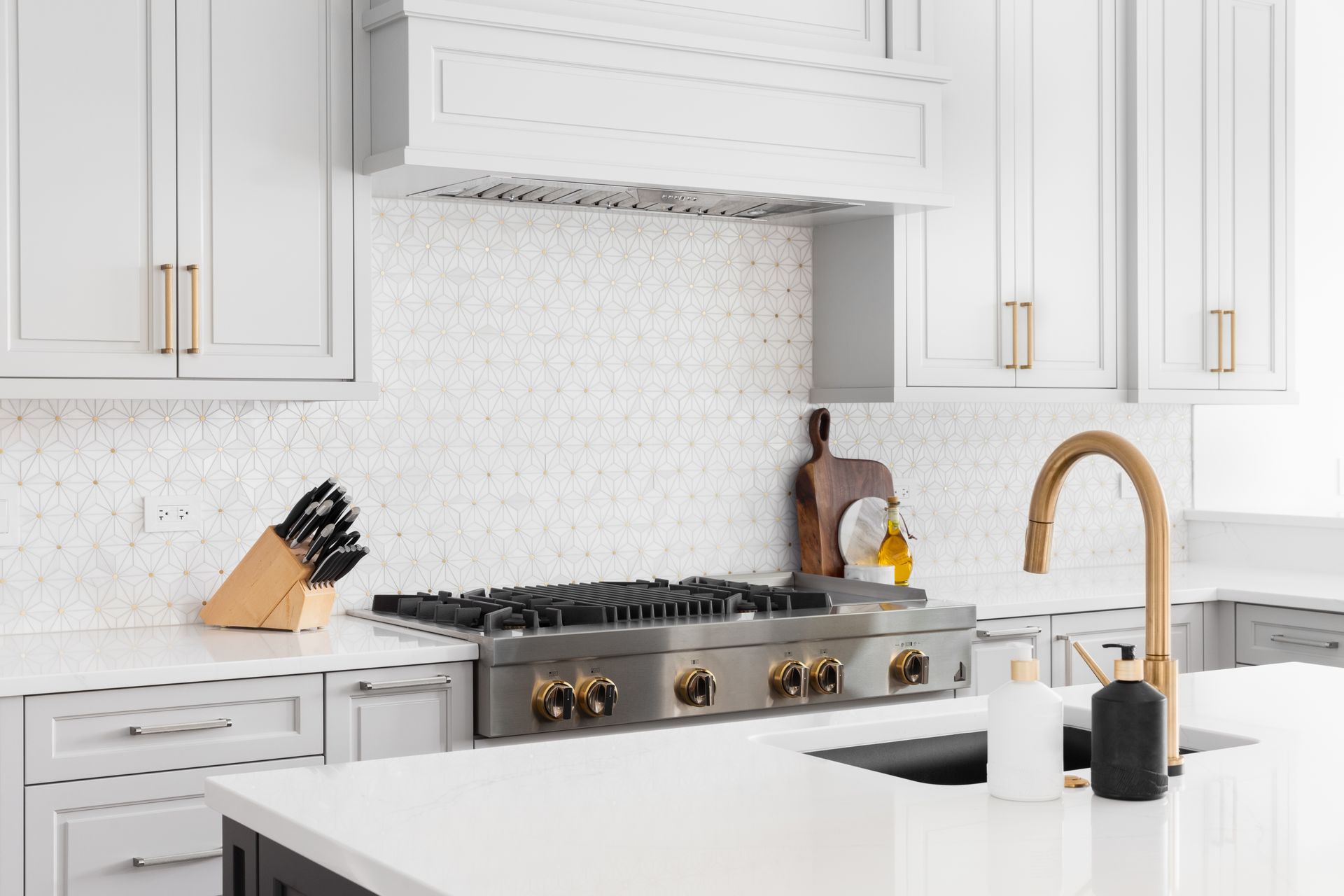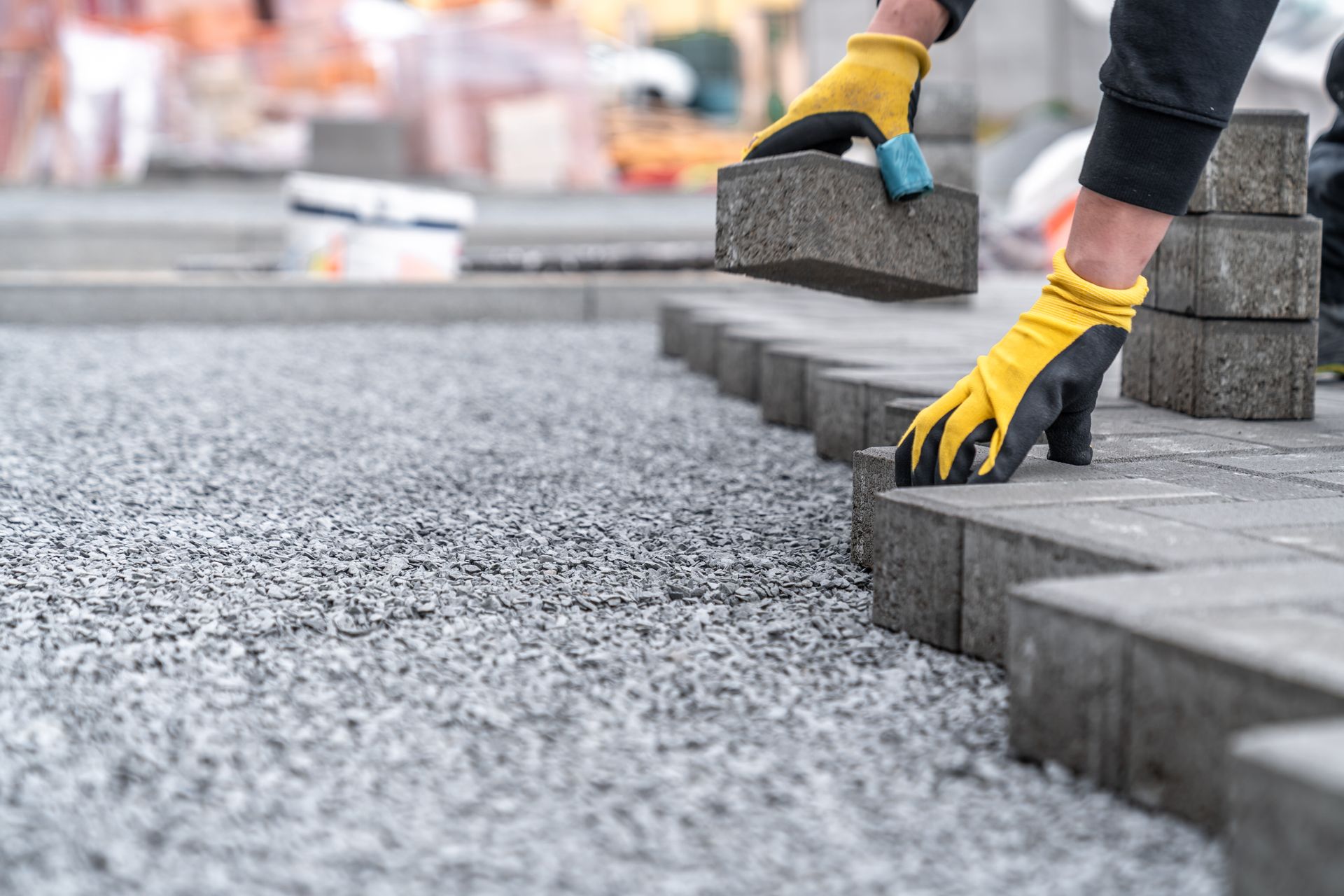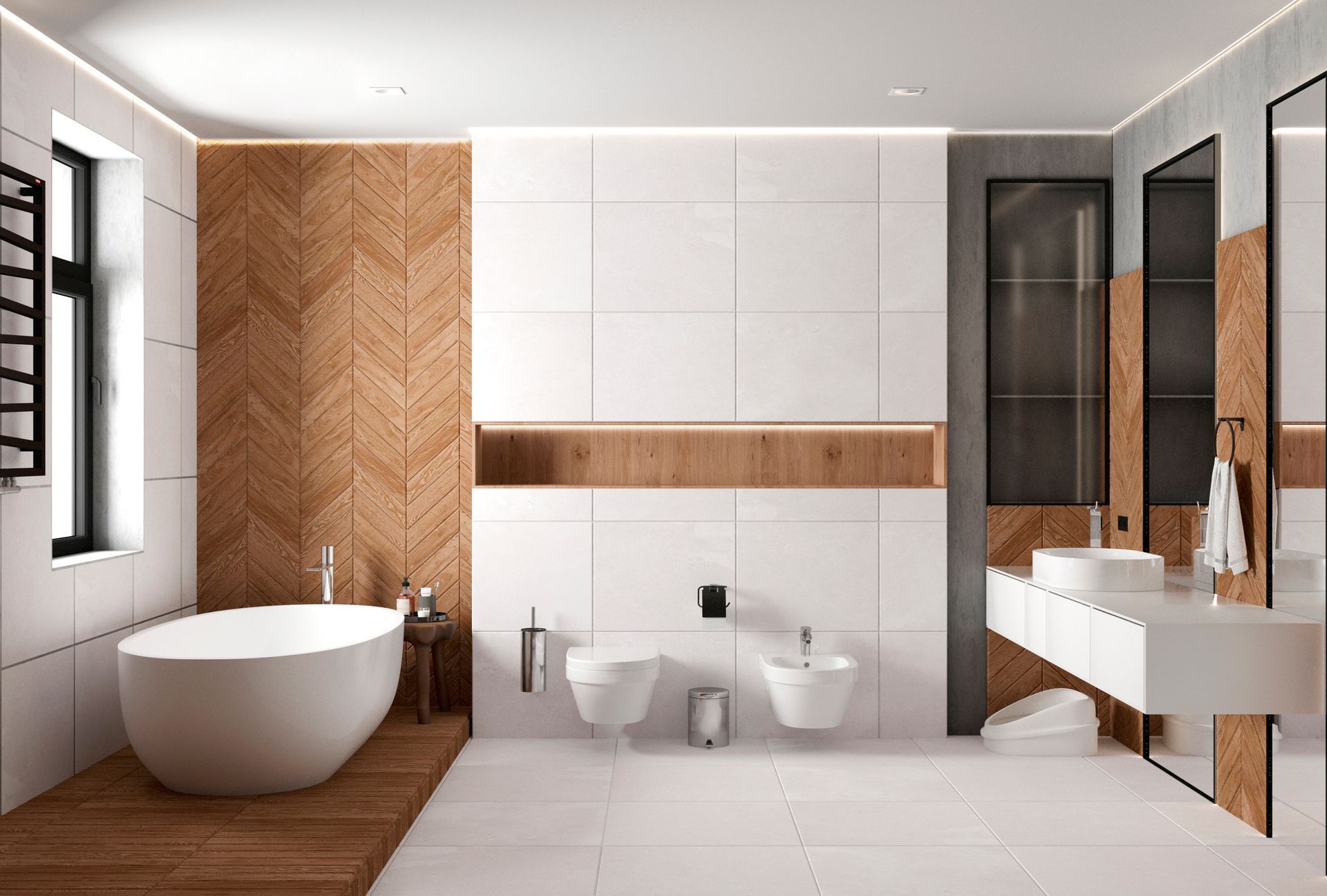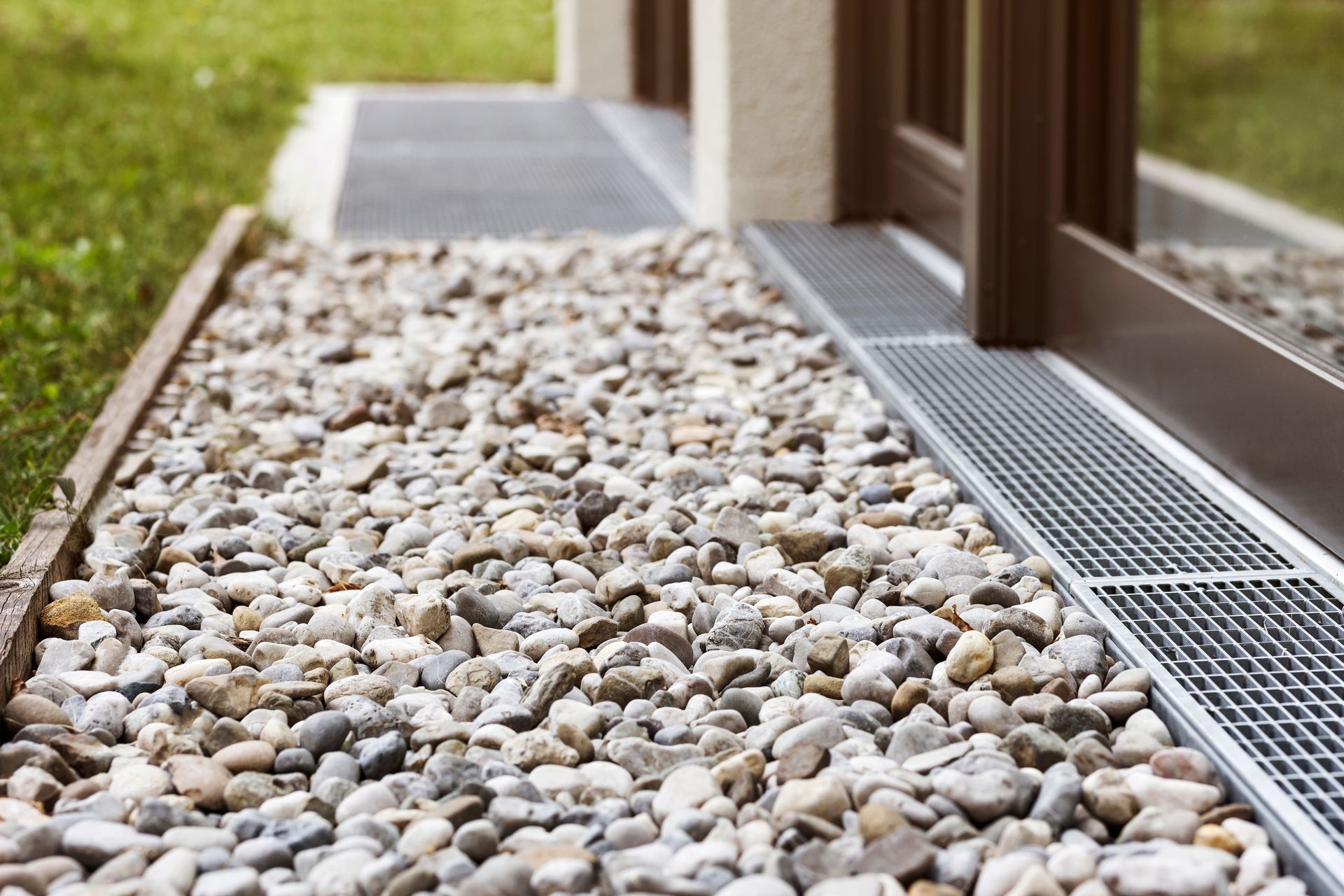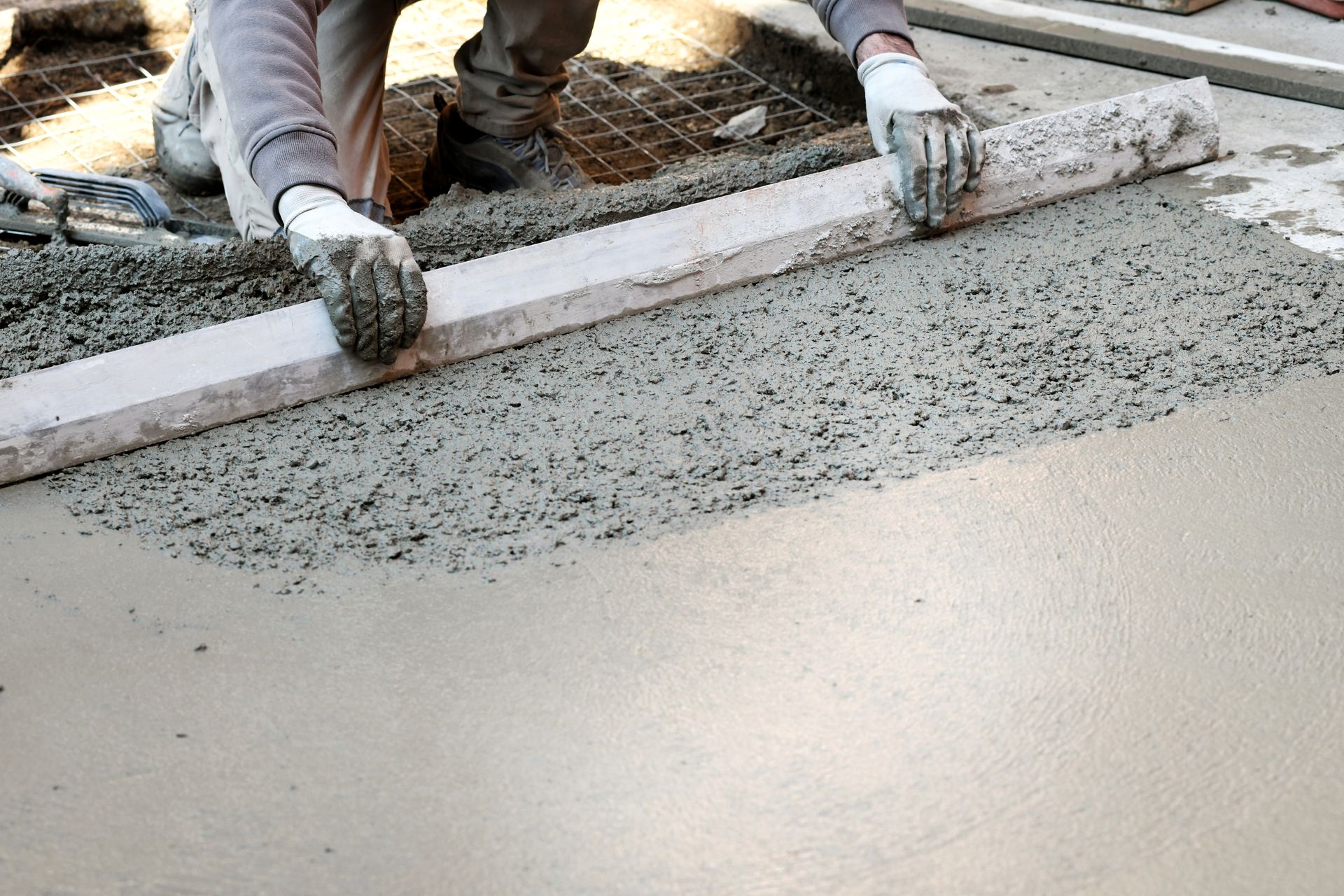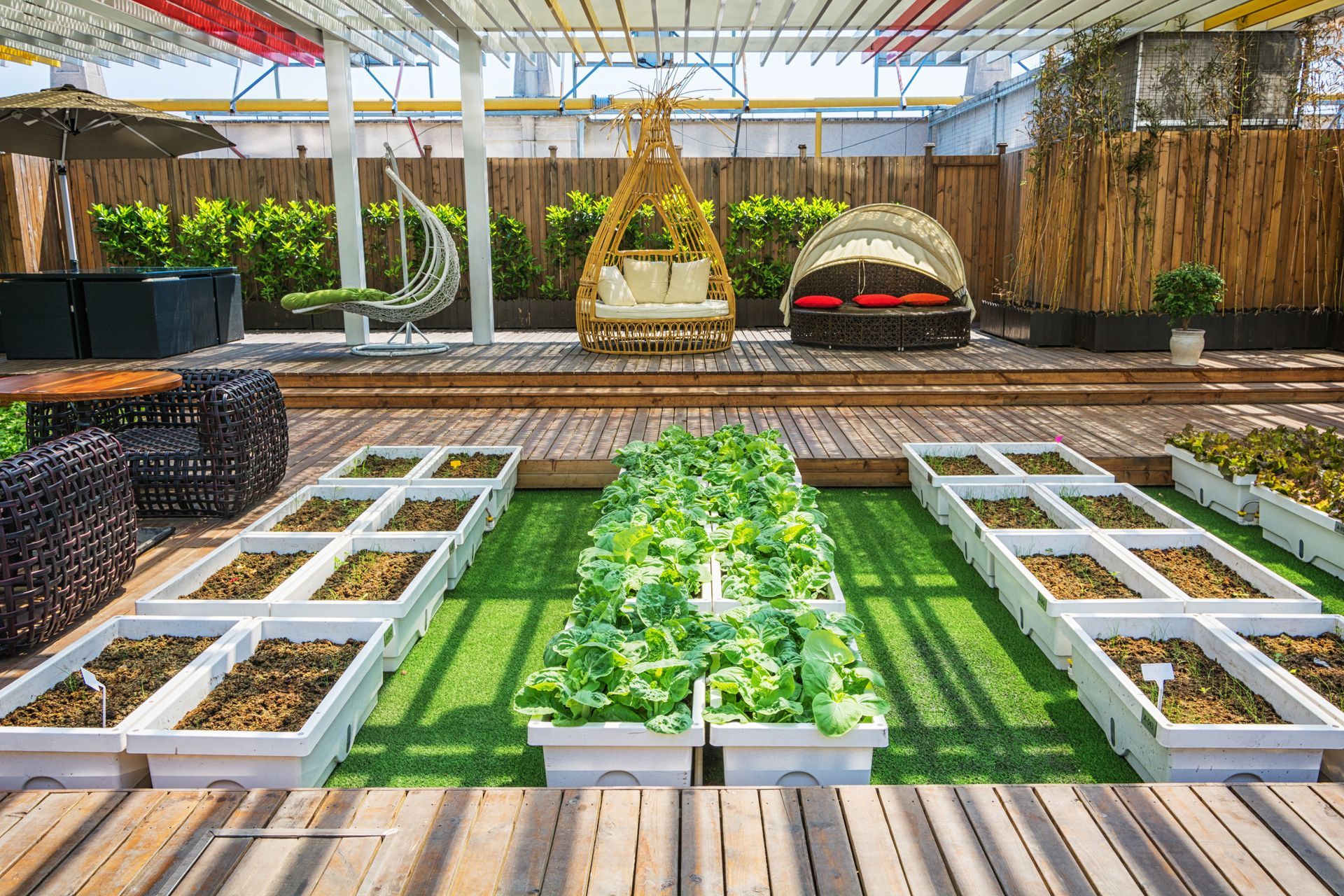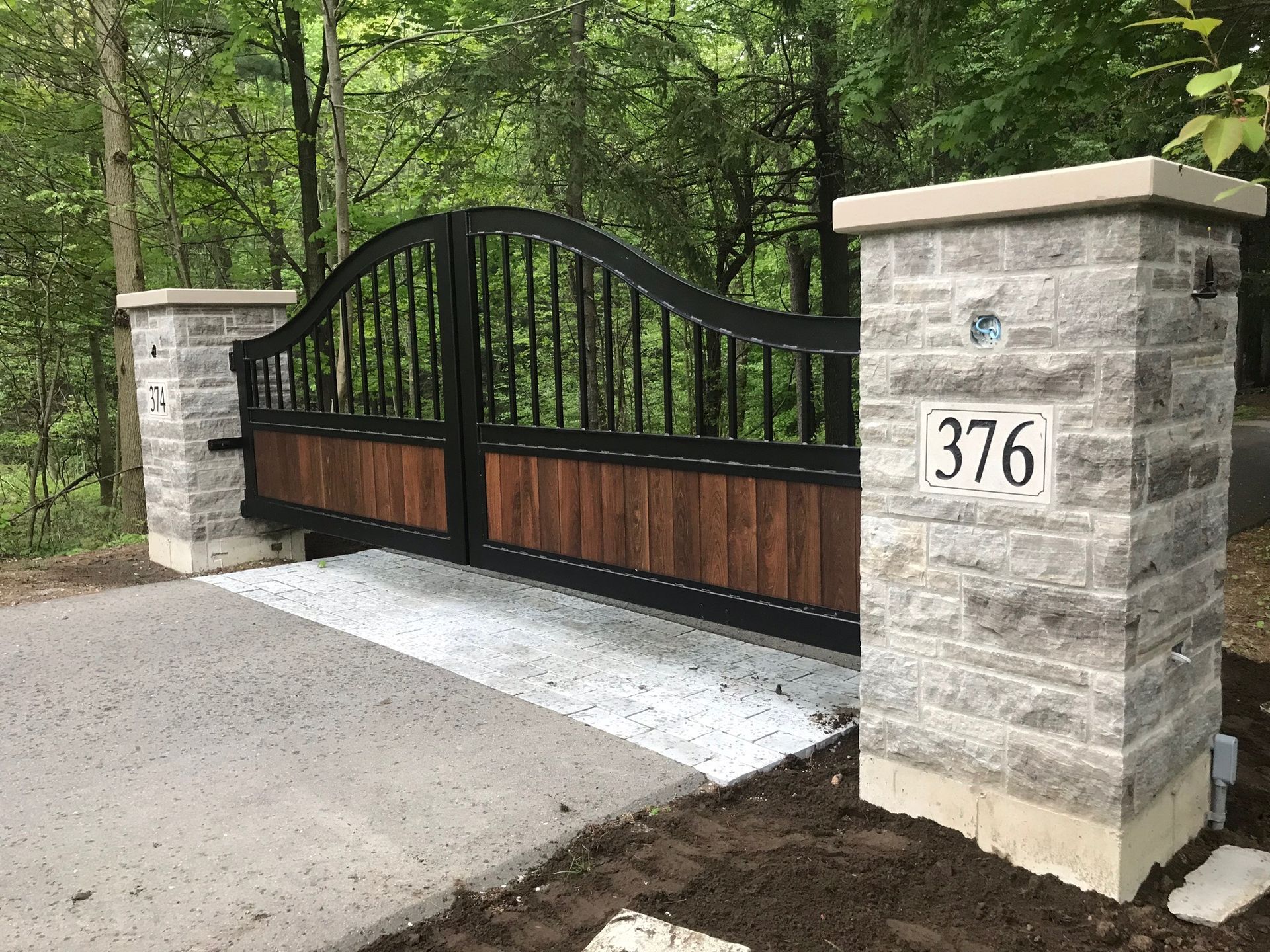Everything You Need to Know About French Drain Installation for Better Yard Drainage
Water management is a crucial aspect of maintaining a healthy and aesthetically pleasing yard. Poor drainage can lead to a host of problems, from waterlogged gardens to structural damage to your home. One effective solution for managing excess water is the installation of a French drain. This blog will guide you through everything you need to know about French drain installation, including its benefits, the installation process, and maintenance tips.
What is a French Drain?
A French drain is a trench filled with gravel or rock containing a perforated pipe that redirects surface water and groundwater away from an area. Named after Henry Flagg French, a 19th-century American lawyer and agriculturalist, this simple yet effective drainage system can prevent water from saturating your yard and foundation.
Benefits of Installing a French Drain
Effective Water Management
One of the most significant advantages of a French drain is its ability to manage water effectively. By redirecting water away from your property, you can prevent flooding, erosion, and standing water, which can damage your garden and lawn.
Prevents Soil Erosion
French drains help in controlling soil erosion by directing water flow toward designated drainage areas. This ensures that your topsoil remains intact, providing a solid foundation for plants and trees.
Protects Foundation
Poor drainage can lead to water seeping into your home’s foundation, causing serious structural issues. A French drain can protect your home by keeping the foundation dry and stable, thereby extending its lifespan.
Cost-Effective
Compared to other drainage solutions, French drains are relatively affordable and easy to install. The materials are readily available, and the installation process is straightforward, making it a cost-effective option for homeowners.
Enhances Aesthetic Appeal
French drains can be designed to blend seamlessly with your landscape. The gravel top can be customized with decorative stones or even hidden beneath the grass, providing both functionality and aesthetic appeal.
How to Install a French Drain
Planning and Design
Before you start digging, it's essential to plan and design your French drain system. Identify the area in your yard that needs drainage. Typically, this is a spot where water accumulates or flows towards your home’s foundation. Mark the path where the trench will be dug, keeping in mind the slope needed for effective water flow away from the problem area.
Gathering Materials
For the installation, you’ll need the following materials:
- Shovels and trenching tools
- Gravel or crushed stone
- Perforated drain pipe
- Landscaping fabric
- Level
- Stakes and string for marking
Digging the Trench
The next step is to dig the trench. The depth and width of the trench depend on the specific needs of your yard, but generally, a trench about 8-12 inches wide and 18-24 inches deep is sufficient. Ensure that the trench slopes downwards to enable water to flow away from the area.
Lining the Trench
Line the bottom of the trench with landscaping fabric. This will prevent soil and roots from clogging the drain pipe. The fabric should extend beyond the edges of the trench, overlapping the sides.
Installing the Pipe
Place a layer of gravel at the bottom of the trench. Lay the perforated pipe on top of this gravel layer. Make sure the pipe is positioned correctly, with the holes facing downward. This allows water to enter the pipe efficiently.
Filling the Trench
Cover the pipe with more gravel, filling the trench to within a few inches of the ground surface. Fold the excess fabric over the gravel, ensuring full coverage. This fabric barrier prevents dirt from clogging the gravel and pipe.
Final Touches
Fill the remaining space in the trench with topsoil, and cover it with sod or decorative stones, depending on your preference. The top layer should blend seamlessly with the rest of your yard.
Maintenance Tips
Regular Inspections
Periodically check your French drain for any signs of damage or clogs. Keep an eye out for standing water or reduced water flow, as these can indicate issues that need to be addressed.
Clean the Drain
Debris and dirt can accumulate in the drain over time. Regularly clean the exterior of the drain and remove any visible debris from the gravel surface.
Check the Slope
Ensure that the slope of the drain remains intact. Over time, soil settling can alter the slope, reducing the effectiveness of the drainage system. Rectify any issues with the slope to maintain optimal water flow.
Take Action for a Healthier Yard
A French drain can be a game-changer for managing water in your yard, protecting your home, and enhancing your landscape’s beauty. If you're experiencing drainage issues, don’t wait for the problem to escalate. Contact a professional today to discuss your specific needs and get a French drain installed, ensuring your yard remains dry and beautiful for years to come.
Don't let water problems wash away the beauty and safety of your yard.
Get in touch with our expert team now and take the first step towards effective water management with a professionally installed French drain!

